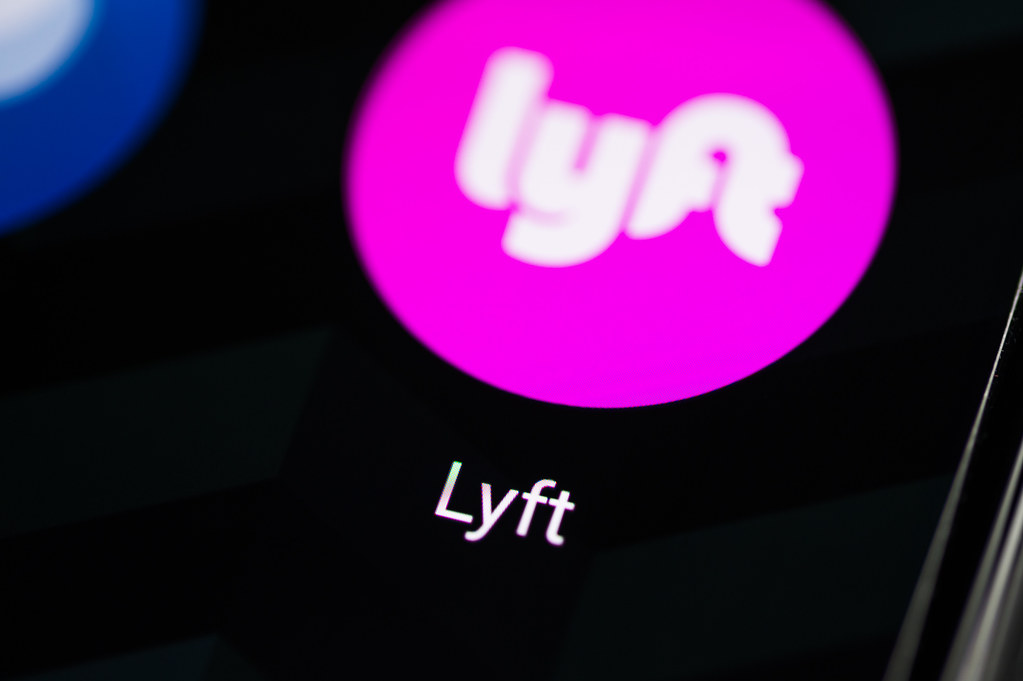
Lyft plans to revolutionize urban transportation by introducing fully autonomous robotaxis to its platform in Dallas as early as 2026. The ridesharing company will leverage Mobileye’s advanced driver assistance technology to power these self-driving vehicles. In a strategic collaboration, Japanese conglomerate Marubeni will own and finance the Mobileye-equipped fleet.
Lyft’s innovative move into autonomous transportation aligns with its asset-light business model, which relies on partners for vehicle ownership and financing. Marubeni will utilize Lyft’s Flexdrive service to efficiently manage the fleet and ensure high asset utilization. This partnership marks a significant shift from Lyft’s previous attempts at developing autonomous vehicle (AV) technology in-house, which ended when it sold its AV unit to Toyota’s Woven Planet in April 2021.
“Mobileye’s got the technology and the relationship with the OEMs, and we have the platform, so it’s the ownership of the fleet that’s the big missing piece,” said Jeremy Bird.
The collaboration with Marubeni is not Lyft’s first foray into partnerships aimed at advancing autonomous mobility. The company has previously teamed up with Mobileye and transit planning app Moovit to launch an on-demand mobility service in Japan. Marubeni brings extensive experience in managing fleets, taking responsibility for charging, cleaning, and maintaining the vehicles in Dallas.
Lyft’s focus on fleet management and demand generation is a strategic move as it aims to play a pivotal role in the evolving value chain of autonomous vehicles. Jeremy Bird emphasized this strategic direction, highlighting the company’s intent to excel in these areas of the AV industry.
“The rest of the value chain is where we really want to play a role, and that’s in fleet management, demand generation, and marketplace,” noted Jeremy Bird.
The announcement comes amid a competitive landscape where ride-hailing rival Uber has also engaged with several AV companies. Uber has secured deals with Wayve, Avride, Serve Robotics, Nuro, Aurora Innovation, Waabi, and others to bolster its autonomous transportation offerings. Lyft, too, is actively negotiating with major autonomy players to integrate them into its platform.
Lyft aims to establish robust partnerships with companies developing AV technology and those interested in owning fleets of autonomous vehicles. This approach underscores Lyft’s strategy of fostering collaborations that complement its core strengths in platform management while outsourcing vehicle ownership.
The partnership with Marubeni may seem unconventional for Lyft, given its limited presence in ride-hail or autonomous vehicles. However, this move aligns with the company’s broader vision of transforming urban mobility through strategic alliances that capitalize on each partner’s strengths.
Rebecca Bellan, a transportation reporter for TechCrunch, has closely monitored Lyft’s evolving AV strategies. She notes that this latest development signifies a renewed focus on leveraging external partnerships to advance Lyft’s autonomous vehicle ambitions.
Author’s Opinion
Lyft’s shift toward partnering with Mobileye and Marubeni for its autonomous vehicle fleet marks a bold and strategic move that could set it apart from competitors like Uber. By focusing on fleet management and demand generation, Lyft is positioning itself as a leader in the evolving autonomous transportation ecosystem without taking on the heavy burden of owning and maintaining a fleet. This asset-light model, coupled with the company’s focus on strategic collaborations, seems to be a smart approach in an industry where partnerships and innovation are key to success.
Featured image credit: Ivan Radic via Flickr
Follow us for more breaking news on DMR
